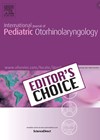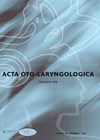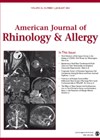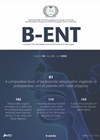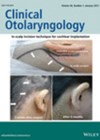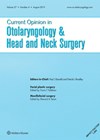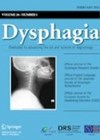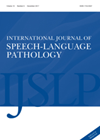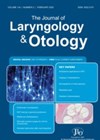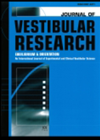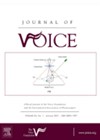
Journal Reviews archive for May 2021
Identifying congenital CMV: the screening debate
Congenital cytomegalovirus (cCMV) is a significant global public health burden and is the biggest non-genetic cause of childhood hearing loss, as well as being an important cause of neurodevelopmental delay. Despite a study concluding that there was not enough evidence...
Bone bridge conduction device for patients with bilateral microtia-atresia
Management of microtia-atresia requires a multidisciplinary approach. Children normally require bone conduction hearing aid devices very early in life to improve and facilitate speech and language development. At a later stage, when the cranial bones have strengthened and become thicker,...
Simple preoperative tests predicting outcomes for ESS patients?
We are all familiar with patients suffering extensive nasal polyps who relapse all to soon after careful and thorough endoscopic sinus surgery (ESS). This paper looks to answer whether we can predict which patients will do well, and which less...
Nasal function in COVID-19 patients
This Turkish prospective study compared SNOT-22 outcomes as well as objective assessments of nasal secretion and clearance in 40 patients who tested positive on COVID-19 antigen PCR testing and 40 patients who tested negative. Sinonasal findings were assessed using a...
Loss of smell in the age of COVID-19
Loss of smell (LOS) is a debilitating symptom with increasing interest for the medical community due to its high prevalence in COVID-19. In the present paper, a team of 15 experts provide recommendations for the investigation and management of patients...
Predicting outcomes in rhinology using fluid dynamic models
This article discusses the rhinological applications of computational fluid dynamics (CFD) – a method derived from engineering applications, such as aerodynamics. Its appeal is that it can provide simulated data on airflow velocity, pressure, resistance, temperature, humidity, heat flux and...
Association between dysphagia and sarcopenia: implications for assessment of older people
The onset of swallowing difficulties with progressive age is reported to occur in 13-35% of the elderly population. Sarcopenia is characterised by a decrease in muscle mass, strength and function. Sarcopenic dysphagia is a relatively new term. Its prevalence is...
Noise tolerance in the presence of speech
Noise is a common issue reported by people in reference to speech understanding, both for normal and hearing-impaired people. This study investigated how noise loudness, annoyance, distraction and speech interference impact noise tolerance in normal hearing people while listening to...
Quick and valid: a new measure of aphasia
Aphasia can be caused by a stroke, brain injury or dementia. It is defined as a language disorder that impacts the domains of speaking, understanding, reading and writing. Given the impact on quality of life and conversation, there is a...
An inherited platelet disorder in a post- tonsillectomy haemorrhage
Unexplained bleeding after any surgery is least desirable and to identify a cause for this preoperatively can be a very useful safeguarding measure. By looking for inherited platelet disorders in patients who bled after tonsillectomy, the authors of this publication...
The vitamin D deficiency and recurrent BPPV debate revisited
The role of calcium metabolism and disorders of bone mineral density in the evolution and recurrence of BPPV has been debated over the years. As a contribution to this debate, the authors undertook a prospective study into the correlation between...
The electromagnetic larynx
Current treatment options for a bilateral vocal cord palsy (tracheostomy, posterior cordotomy, arytenoidectomy) are suboptimal, with a focus primarily on a static means of airway restoration at the expense of voice production and potentially swallow safety. This paper reports on...

